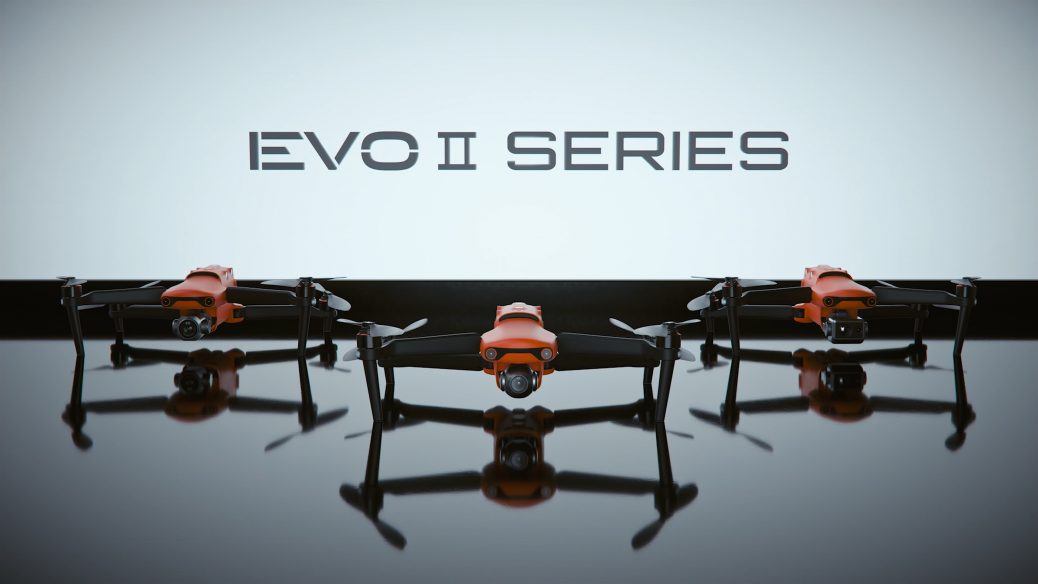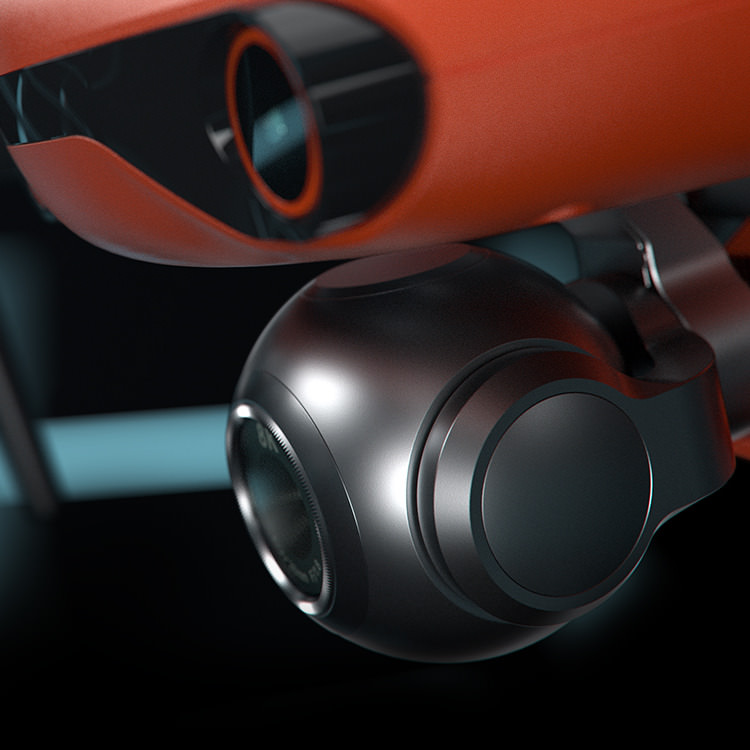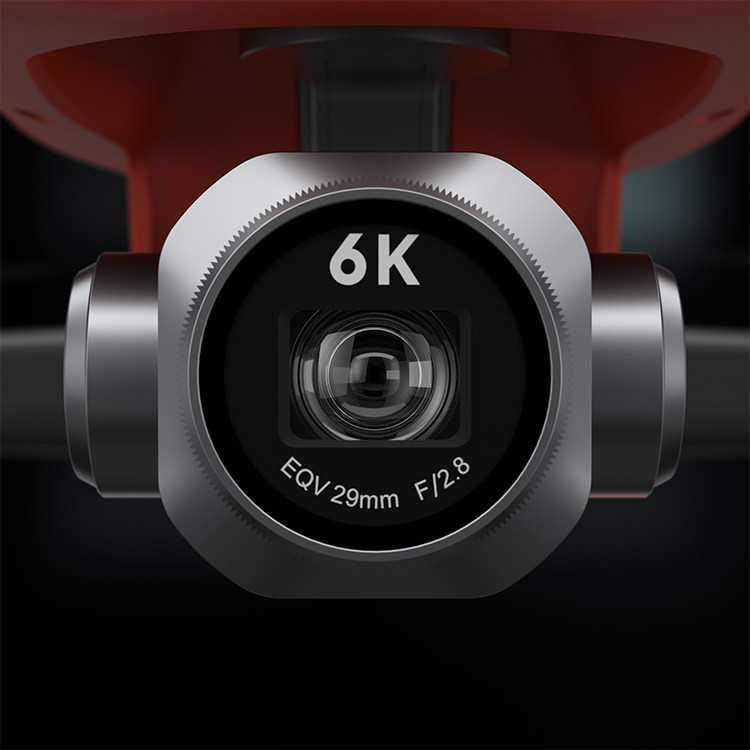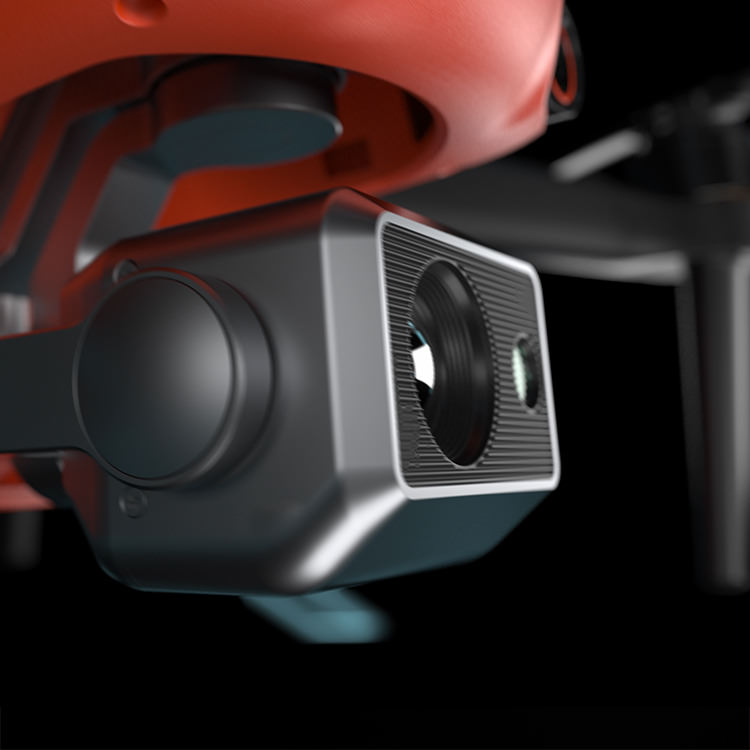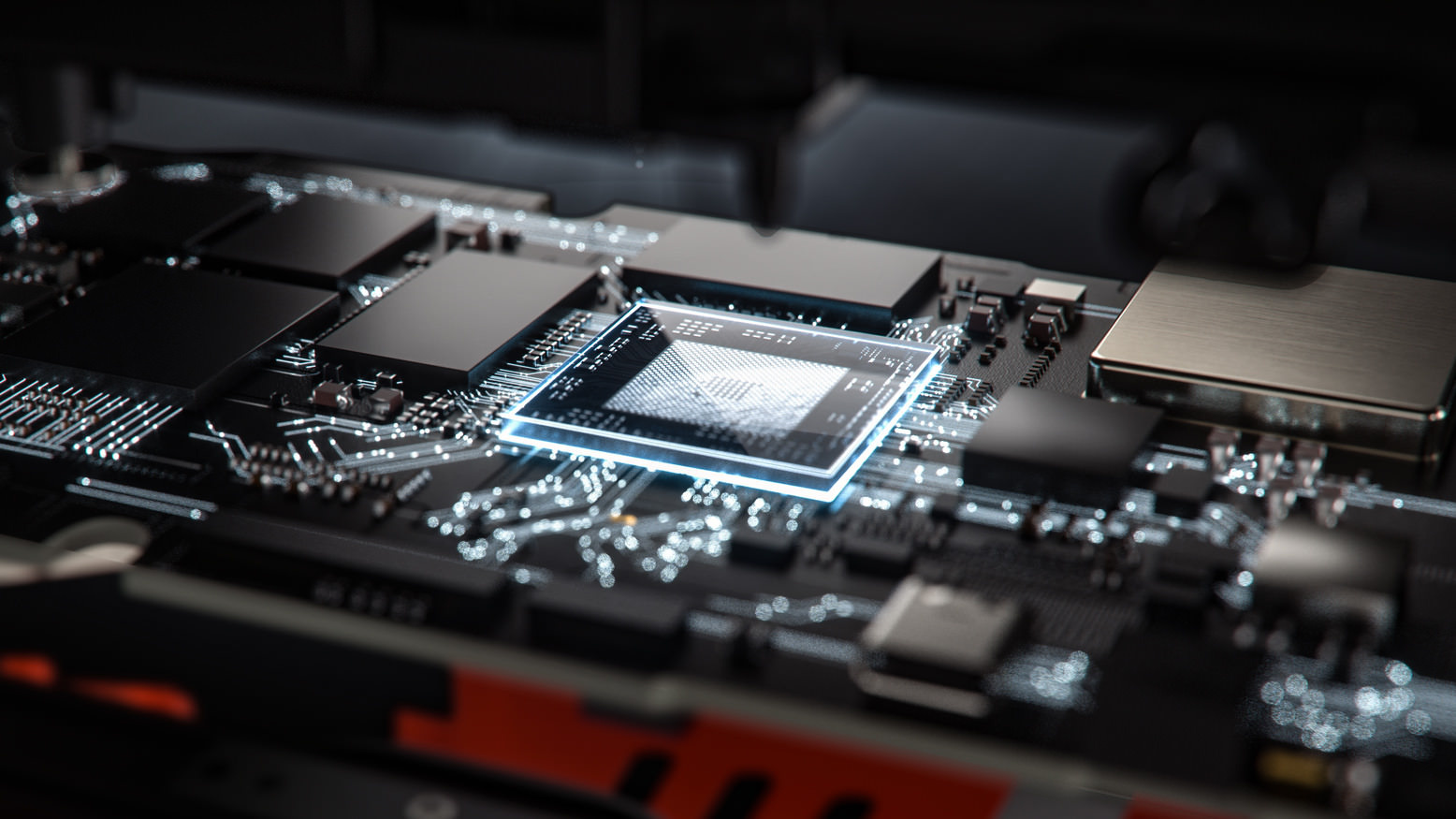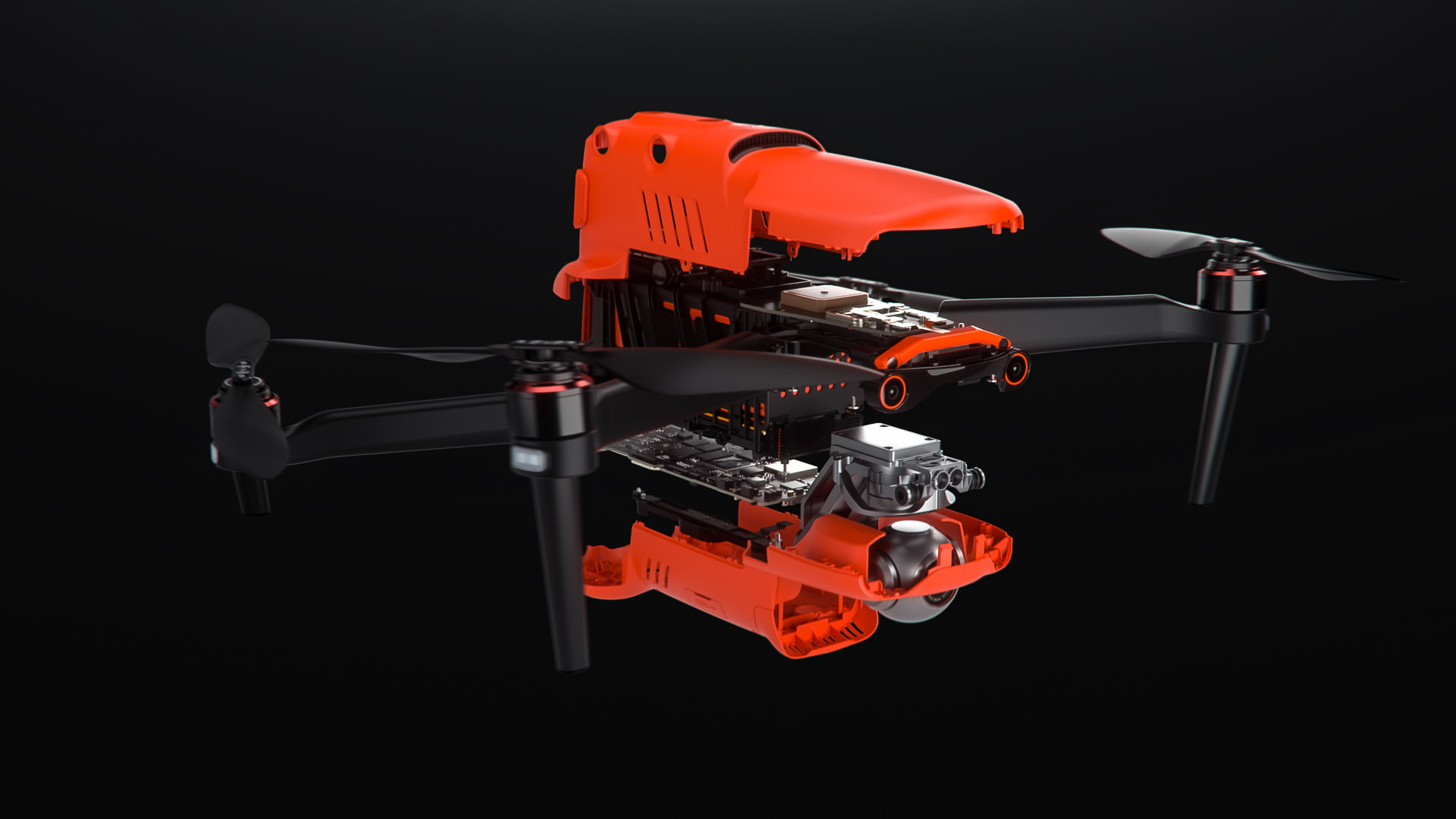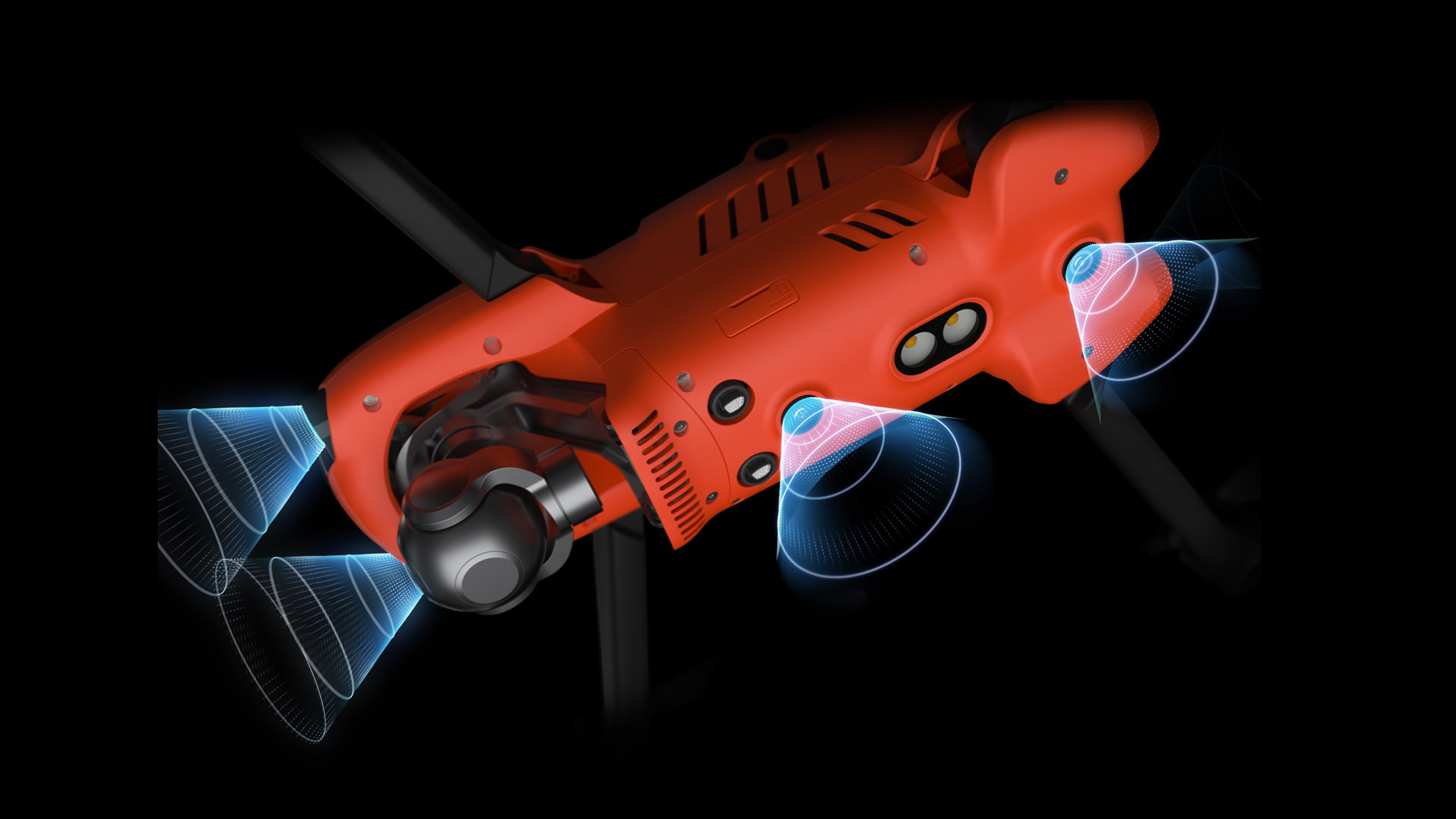Autel Robotics Showcased EVO II the World’s First 8K Foldable Consumer Drone
For the drone industry, one of the big announcements at CES this week was from manufacturer Autel Robotics, with the announcement of the Evo II series.
Autel EVO II sports a new drone body, which will come with three different camera modules – 8K 1/2-inch camera, 6K 1-inch camera, and a combination of 8K camera and thermal camera. All three drones have a range up to 5.5 miles, built-in 8GB of internal storage, and come with a controller that has a built-in screen, in addition to the ability to plug in your phone.
“Our rule to build tools that perform a task,” says Jeff Powell, Vice President of Autel Robotics. “We don’t innovate just to innovate, you need to innovate to solve problems. The Evo II is the most advanced compact drone in existence today for professional and personal use, and it’s the result of a year and 1/2 of development.”
The Evo’s specs depend on which model you’re getting: Evo II, Evo II Pro, or Evo II Dual. To sum up the key differences:
- Autel EVO II has an 8K camera with 1/2-inch CMOS sensor. It offers maximum resolution of 48MP (8,000 x 6,000px) for stills. Video resolution will top at 7720×4320 pixels. According to Autel, this is the world’s first foldable 8K drone. The ISO range of this camera will be 100-3200. The takeoff weight of EVO II will be 1,127g.
- Autel EVO II Pro features 6K camera with 1-inch CMOS sensor and 29mm (full-frame equivalent) focal length optics with adjustable aperture (f/2.8-f/11). The sensor offers maximum resolution of 20MP (5,472 x 3,648px) for stills. Thanks to larger pixels, the ISO range is 100-12,800. The takeoff weight of EVO II Pro will be 1,174g.
- Autel EVO II Dual offers a camera module that combines the 8K camera with a thermal camera that offers a resolution of up to 640×512. Takeoff weight will be 1,157g for the EVO II Dual 320 and 1,192g for the EVO II Dual 640. I suppose the difference will be in the quality (resolution) of the thermal camera.
All camera modules share the same maximum bitrate of 120Mbps. Autel does not state if this is in H.264 or H.265. They also claim that the cameras will offer 10-bit color depth. Again, no info whether it will be 4:2:2 subsampling or 4:2:0.
There is also no information about the available framerates. Autel only says in their video, that refresh rate will be up to 30Hz, which would mean 30fps. All camera modules should be able to shoot with a flat (log) color profile. HDR video will also be available.
The maximum speed in Standard mode will be 15m/s (54km/h). Autel EVO II drones will also have something called Ludicrous mode, which will increase the maximum speed to 20m/s (72km/h).
Video transmission and drone control signal should reach up to 9km of distance. That means the 2.4GHz signal should be strong enough to also help in crowded urban environments and thick forests. Autel EVO II will come with a remote controller with a built-in screen. The operating temperature range will be from -10°C to 40°C.
Regardless of variant, all EVO 2 drones come with a sophisticated array of obstacle-avoidance sensors, microSD support, powerful AI tech and subject tracking, and lots more. With a spec sheet as bold and eye-catching as its bright orange design, the EVO 2 looks primed to jump ahead of DJI as the world’s most powerful consumer drone in the world.
When Autel launched the EVO in 2016, it was immediately seen as a direct challenger to the DJI Mavic. It had a similar design, similar specs, and it cost less. Similarly, the EVO 2 appears to be aimed squarely at DJI’s Mavic 2 series. The big difference this time around is that where the first EVO attempted to match or emulate many of the original Mavic’s features, the EVO 2 wants to completely blow the Mavic 2 out of the sky.
The drone is currently in production. Pricing and availability should be announced soon.
More info on Autel’s website.

